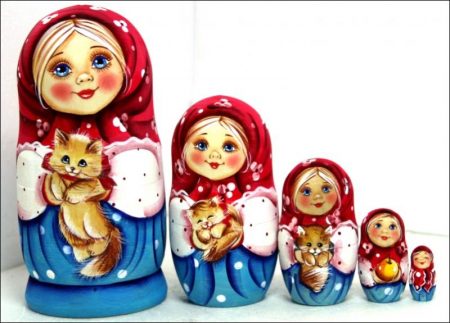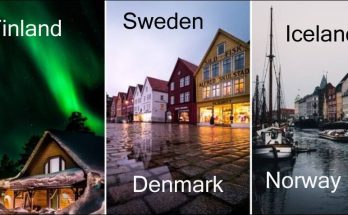Without a doubt, the first that comes to mind is Matryoshka dolls, when one hits the roads of Moscow for shopping. With a doll inside a doll inside a doll inside… the iconic souvenir of Moscow. And that adjust your compass to “Izmaylova Park”, right address for an outdoor exhibition-like shopping fun, where you can find Matryoshka dolls at aagash, which open at weekends, hand-knitted products to souvenirs, for moderately-priced amounts.
A matryoshka doll also known as a Russian nesting doll, or Russian doll, refers to a set of wooden dolls of decreasing size placed one inside another. The name “matryoshka” (матрёшка), literally “little matron”, is a diminutive form of Russian female first name “Matryona” (Матрёна) or “Matriosha”.
The first Russian nested doll set was made in 1890 by Vasily Zvyozdochkin from a design by Sergey Malyutin, who was a folk crafts painter at Abramtsevo. Traditionally the outer layer is a woman, dressed in a sarafan, a long and shapeless traditional Russian peasant jumper dress. The figures inside may be of either gender; the smallest, innermost doll is typically a baby turned from a single piece of wood.
Much of the artistry is in the painting of each doll, which can be very elaborate. The dolls often follow a theme; the themes may vary, from fairy tale characters to Soviet leaders. The matryoshka dolls are often referred to as “babushka dolls”, “babushka” meaning “grandmother” or “elderly woman”.
Visits: 72



